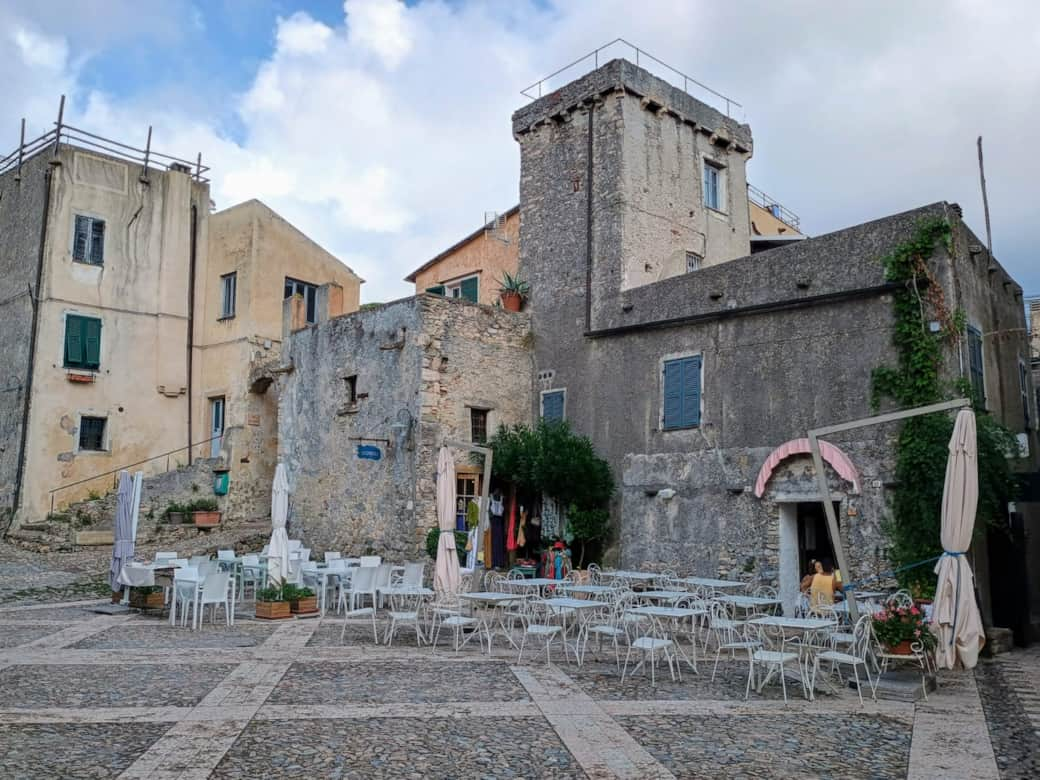BORGIO VEREZZI
Borgio Verezzi is a charming municipality composed of two distinct parts: Borgio, the coastal town, and Verezzi, the scenic hill village.
Borgio’s old town sits atop a low hill and displays historical architecture surrounded by expansions along the coast and foothills. The town features a pleasant seafront with beaches, historic palazzi, and lively waterfront restaurants and bathing establishments. Its old town evokes a maritime soul, reflecting the close ties between inhabitants and the sea.

Verezzi, situated about 5 km inland and elevated above the coast, is a medieval village renowned for its distinctive Ligurian architecture with Arab-Islamic influences—stone houses with terraced roofs, interconnected arches, and narrow cobbled lanes called "caruggi." The village is composed of four main hamlets (borgate): Poggio, Piazza, Roccaro, and Crosa.
Borgata Piazza is the main hub, featuring souvenir shops, restaurants, and the lively Piazza di Sant’Agostino, where the famous summer theater festival takes place. Verezzi also preserves unique historical sites like the Phoenician windmill with eight adjustable windows for harnessing the wind, the Church of San Martino dating to the 17th century, and an ancient stone quarry indicative of the local stone-working tradition.
The network of winding alleys and stairways linking the borgate offers panoramic views, cultural depth, and a strong sense of historic continuity, making Verezzi a highlighted jewel of Ligurian heritage.
Verezzi is recognized as one of "I Borghi più belli d'Italia" (The most beautiful villages in Italy) and is famous for its cultural and natural attractions.
Among these are the Borgio Verezzi Caves, known as Italy’s most colorful caves, formed by karst water erosion and discovered in 1933.
The village also hosts the annual Borgio Verezzi Theatre Festival, held since 1967 in the picturesque Piazza Sant'Agostino, where classical and contemporary plays are performed in an open-air setting overlooking the sea.